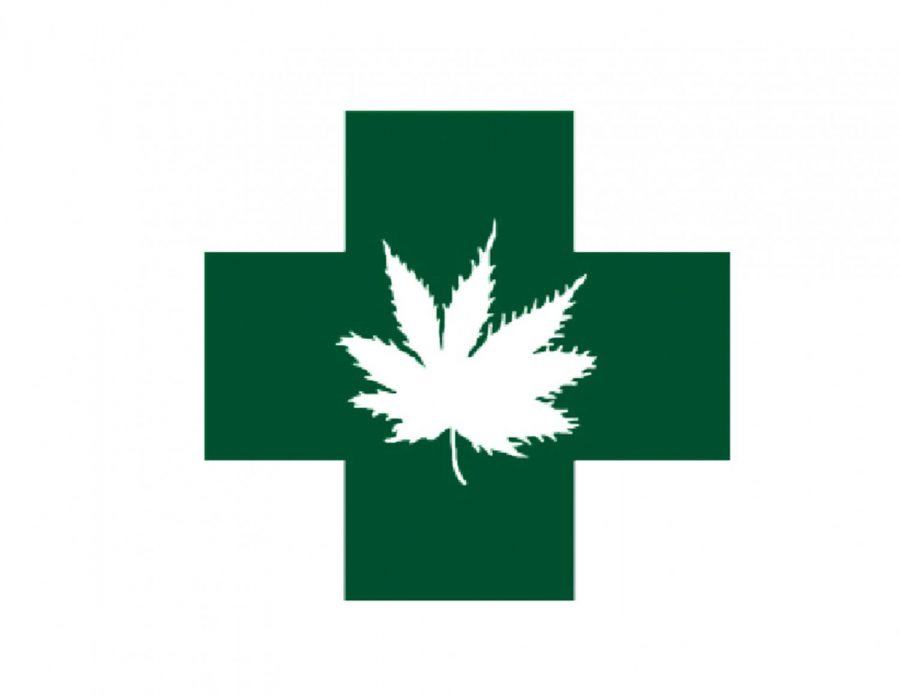A New Perspective on Medical Marijuana
Twenty-eight states and the District of Columbia have legalized medical marijuana to treat a variety of health issues, including pain relief, musculoskeletal problems, and tumor reduction. Yet some people still reject the idea of using marijuana for medical purposes. Some view marijuana as a harmful recreational drug as opposed to a resource for clinical research and potential treatment.
The problem is because it is categorized as a Schedule 1 drug by the federal government, marijuana is hard for doctors to gain access to, inhibiting the amount of research that can be done. Schedule 1 drugs are classified as highly addictive and have no medicinal purposes. They include heroin, LSD, ecstasy, and MDMA. To be able to research Schedule I drugs, the procedure would need to be approved by the Drug Enforcement Administration. It would also take time for this application to be reviewed, regardless if it is approved or not.
Why was marijuana put into the Schedule 1 category in the first place? After all, it is ranked higher on the list than drugs like cocaine and methamphetamine, both of which are lethal and much more addictive.
When the Controlled Substances Act was passed in 1970 during Richard Nixon’s ‘War On Drugs,’ the federal government did not know where to place marijuana on the spectrum. Nixon temporarily placed it into the Schedule 1 category and intended to re-evaluate the ruling later. But when a committee was tasked with rescheduling the drug, they sustained Nixon’s previous decision.
This decision supported the majority of Americans. According to a survey conducted by the Pew Research Center in 1969, about 82 percent of citizens believed the substance should be illegal to possess and use. Only recently has the majority switched to supporting legalization, at 53 percent in 2015.
Despite its current legal opposition, Marijuana has been used as medicine to treat a variety of illnesses for over 5,000 years. For example, Chinese legend has it that in 2737 B.C., Emperor Shen Neng, prescribed people tea made out of marijuana leaves to treat malaria, rheumatism and other health problems. In the years before the drug was nationally outlawed, marijuana was still being prescribed by American doctors to treat certain illnesses, even though it was illegal to use recreationally.
The recent research that has been conducted on marijuana has provided doctors with insight on its medical potential. According to a study done by Dr. Wai Liu of the University of London, marijuana has the potential to shrink tumors at more efficient rates than radiation therapy.
One of marijuana’s compounds, Cannabidiol (CBD), has been found to reduce the rate of epilepsies. A study conducted by neurologists at the New York University Langone Medical Center found that an extract of 99 percent CBD reduced the rate of seizures from a total of 162 people by a median of 36.5 percent. Two percent of patients reported to be seizure-free afterwards.
The list of marijuana’s medical benefits go on and on.
It is evident that marijuana can be used to treat many health issues, and most doctors know that: a study published in the New England Journal of Medicine found that about 76 percent of American doctors are in favor of prescribing medical marijuana.
So why doesn’t the federal government legalize medical marijuana if it is known to have such positive attributes? Many of those against medical marijuana are not rejecting its researched medical benefits. Rather, they are unsatisfied with the lack of regulation around existing medical marijuana laws.
They are right. In some places, you can obtain a medical marijuana card without ever showing a medical record. This means that anyone can go in and make up a medical condition, get a five-minute “examination” and walk out with a slip of paper that allows you to get any type of the hundreds of marijuana variations a dispensary has to offer.
There are a number of problems with this. First, because you are not prescribed to a specific dosage of one or more of marijuana’s compounds, patients are able to buy any form of marijuana they want that may not be the most beneficial to their specific health issue. The two main compounds in marijuana, Tetrahydrocannabinol (THC) and CBD, have different beneficial attributes. Different health issues require the use of one or both compounds at different concentrations.
Because patients are able to get any variance in THC to CBD concentrate with a medical card, they are not always getting the exact treatment that they need. A doctor is not directly giving the patient a specific dosage of THC or CBD; instead, they give patients a medical card that lets them buy whatever form of marijuana they would like.
The unregulated medical marijuana business as it is pushes some people away from the idea of legalizing it on a federal level. It should be a doctor’s job to prescribe their patients the right medicine for their treatment. Leaving this decision to the patient is not effective, and could lead to further health problems.
Although some perceive the drug to be harmless and addiction-free, according to the National Institute on Drug Abuse, marijuana does have the potential to irritate the lungs and reduce cognitive function, especially before the prefrontal cortex is done developing at the age of 25. And although it has not been proven that marijuana is physically addictive, it can be mentally addictive. Long-term users can experience irritability, sleeplessness, and a lack of appetite after quitting.
To shift people’s mindset on medical marijuana, we need to start treating marijuana more like a prescription medicine and less like a recreational drug. It should be prescribed at specific amounts and specific concentrations to each patient, with instructions on how to intake it just as any other prescription medicine would. A patient who takes Xanax to treat their anxiety only receives its benefits if they ingest it at the right times and frequencies. The same should go for marijuana.










